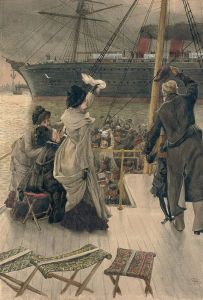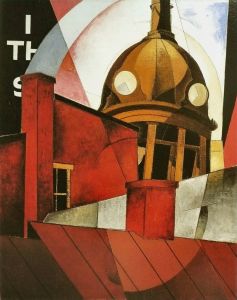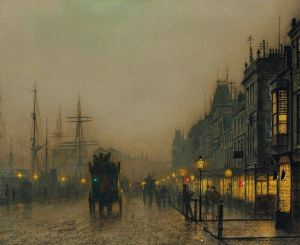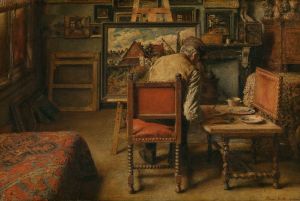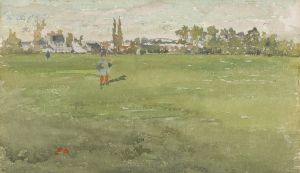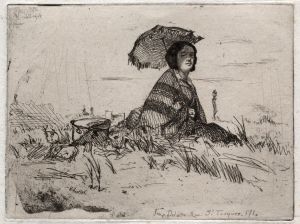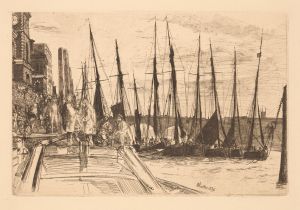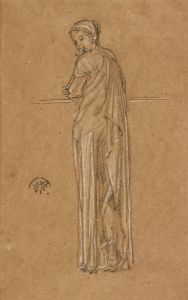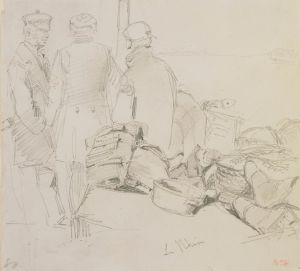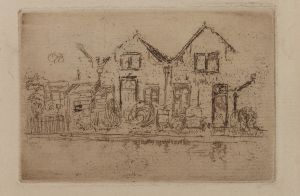
The Forge, Passage du Dragon
A hand-painted replica of James Abbott McNeill Whistler’s masterpiece The Forge, Passage du Dragon, meticulously crafted by professional artists to capture the true essence of the original. Each piece is created with museum-quality canvas and rare mineral pigments, carefully painted by experienced artists with delicate brushstrokes and rich, layered colors to perfectly recreate the texture of the original artwork. Unlike machine-printed reproductions, this hand-painted version brings the painting to life, infused with the artist’s emotions and skill in every stroke. Whether for personal collection or home decoration, it instantly elevates the artistic atmosphere of any space.
James Abbott McNeill Whistler was an American artist known for his significant contributions to the art world during the late 19th century. He is particularly recognized for his paintings, etchings, and lithographs, which often reflect his interest in the interplay of color and form. One of his works, "The Forge, Passage du Dragon," is a notable example of his artistic style and thematic focus.
"The Forge, Passage du Dragon" is an etching created by Whistler, showcasing his skill in this medium. Whistler was deeply influenced by the etching revival in the 19th century and became one of its leading figures. His etchings are celebrated for their precision, attention to detail, and ability to capture the essence of a scene with minimal lines. This particular work, like many of his etchings, reflects his interest in capturing the everyday life and scenes of urban environments.
The etching depicts a forge located in the Passage du Dragon, a street in Paris. During Whistler's time, Paris was a hub of artistic activity and innovation, and Whistler spent several years living and working there. The city provided him with a wealth of subjects and inspiration, which is evident in his numerous works that depict Parisian life. In "The Forge, Passage du Dragon," Whistler captures the interior of a blacksmith's workshop, focusing on the figures at work and the play of light and shadow within the space.
Whistler's approach to etching was influenced by his belief in "art for art's sake," a philosophy that emphasized the aesthetic experience over narrative content. This philosophy is evident in "The Forge, Passage du Dragon," where the emphasis is on the composition, the contrast between light and dark, and the textures of the materials depicted. The figures in the etching are rendered with a sense of immediacy and movement, capturing a moment in time with a dynamic quality.
The etching is part of Whistler's broader body of work that often explored themes of labor and industry, reflecting the changing landscapes of cities during the Industrial Revolution. Whistler's ability to depict such scenes with sensitivity and nuance set him apart from many of his contemporaries. His work in etching, including "The Forge, Passage du Dragon," contributed to the medium's resurgence and elevated its status as a form of fine art.
Whistler's influence extended beyond his technical skills; he was also known for his innovative approach to composition and his use of tonal harmony. His works often exhibit a balance between detail and abstraction, allowing viewers to engage with the piece on multiple levels. "The Forge, Passage du Dragon" is a testament to Whistler's mastery of etching and his ability to convey the vibrancy of urban life through his art.
Overall, "The Forge, Passage du Dragon" is a significant work within Whistler's oeuvre, exemplifying his artistic philosophy and technical prowess. It remains an important piece for understanding the development of etching as an art form and Whistler's role in its evolution.





